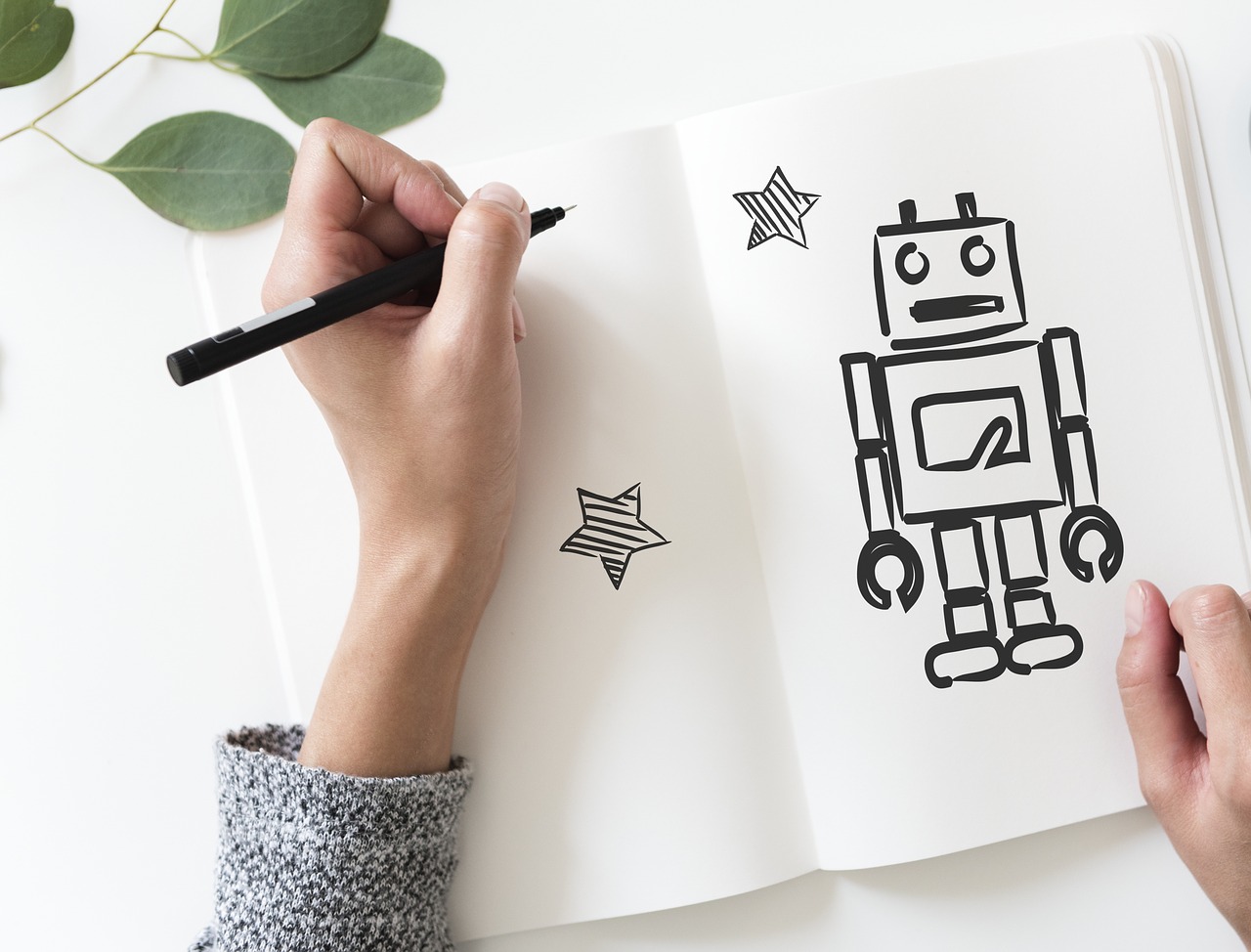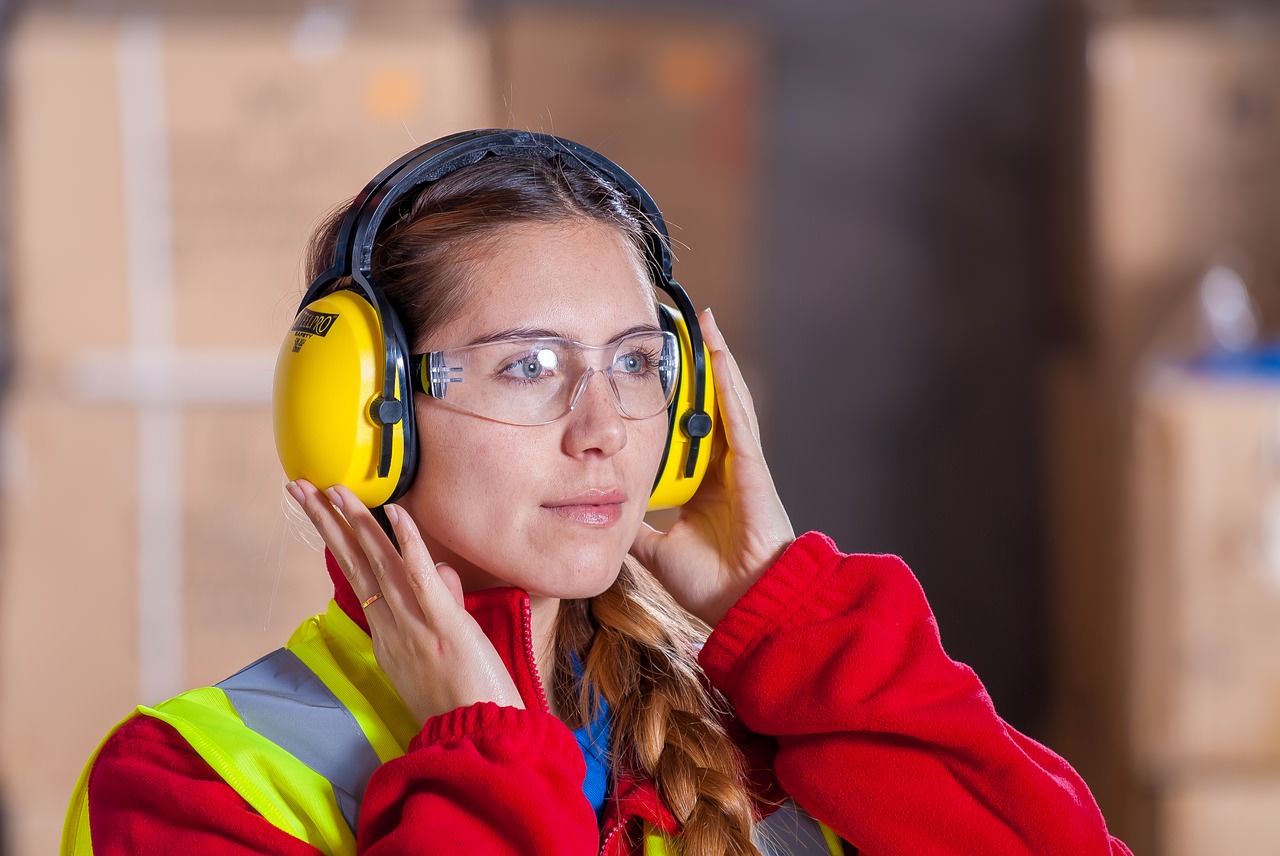What else captures the imagination than artificial intelligence?
In the past, the very idea of human-manufactured intelligence stood as an allegory from anything from the pitfalls of mankind itself to the dangers of playing god. Today, however, AI is very much a reality and perhaps shows how well early science-fiction writing predicted a future of digital intelligence. What remains is a tremendous responsibility on the shoulders of us humans to create intelligent, yet ethical, technology – but not everyone sees it that way.
In the wrong hands, AI capabilities become an incredible weapon to fuel social unrest, political instability, support propaganda of authoritarian regimes, and even build an autonomous battlefield. In China alone there are over 200 million active surveillance cameras – nearly four times more than in the US. Utilized by the Chinese police along with high-tech facial recognition eyewear, law enforcement is able to scan the faces of every citizen, picking our criminals and gathering enormous amounts of data along the way. In some ways, AI seems to understand us better than we understand ourselves, for better or for worse, and while our lives may not always be on the line, our data sure is. AI phishing tools for hackers can hyper-target specific victims and quickly sift through datasets identifying the most vulnerable victims. Customized malicious links, nearly indiscernible from authentic links, can be generated in the blink of an eye targeted to individuals or entire databases.
Dr. Fei-Fei Li, director of the Stanford Artificial Intelligence Lab described a hope and noble intentions for AI – “Whether breakthrough occurs in Silicon Valley, Beijing, or anywhere else, it has the potential to make everyone’s life better for the entire world.” Where some leaders would see AI as a tool of mass control, this isn’t a sentiment shared by every forward-thinker. In 2017, Google built a project known as PAIR, or People + AI Research, with the simple yet deeply complex goal of building an AI that treats everyone equally. Tackling our own human biases, prejudices, and problematic thinking, this project begins with the good that evaluate and improve on the datasets that train AI itself, taking it right to the source.
From any perspective, it’s clear to see how powerful AI is. Early in 2018, Amazon opened its completely cashier-less grocery store that is still a successful operation today. A living example of AI in service industries and a small glimpse into a possible future of full automation, more and more service jobs may be on the chopping block in the coming years. By the mid 2030s, artificial intelligence and automation is predicted to hit 38%, potentially eliminating many US jobs. Industries like manufacturing, retail and construction are at the forefront of being hit the hardest. All told, millions of jobs could be lost to the cold hand o robotics but it’s what needs to happen in the meantime to reach this reality. Whilst 37% of people are concerned about automation cramping their positions at work, 73% of people say that technology will never replace the human mind, further reminding us that AI is only possible and will only go as far as we allow it to.
An automated future doesn’t necessarily mean more robots – if done right, it could mean more humanity. What does the future of AI look like to you? Detailed in this infographic are the current capabilities of automation, both for good and evil, and what responsibilities we all have to ensure that this technology works with us and not against us.







